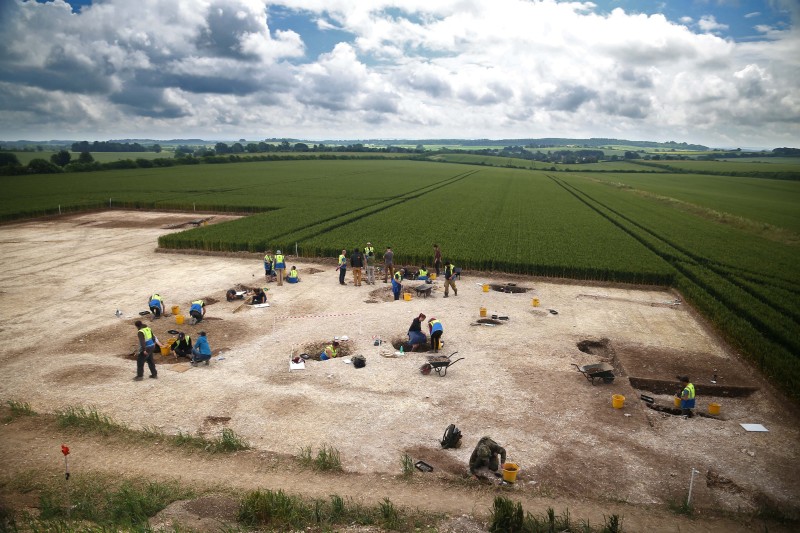As some Pagans attempt to revive ancient or indigenous religions they often rely on the work of historians, primary texts and archaeologists. For this reason, when something new pops up that challenges long held academic ideas on cultural or religious practice, we pay attention. Here are some of the new(er) finds making waves in archaeological circles. Cave rings in Southern France Hint at Neanderthal religious rites
Archaeologists have reported on an “extraordinary discovery” in France after finding several man-made circular structures, or rings, that date back 170,000 years to the time Neanderthals lived in the area. The rings were constructed out of stalagmites from the Bruniquel Cave in France’s southern region, and excavators believe that they might have been used for some sort of ritual at the time of their creation.

